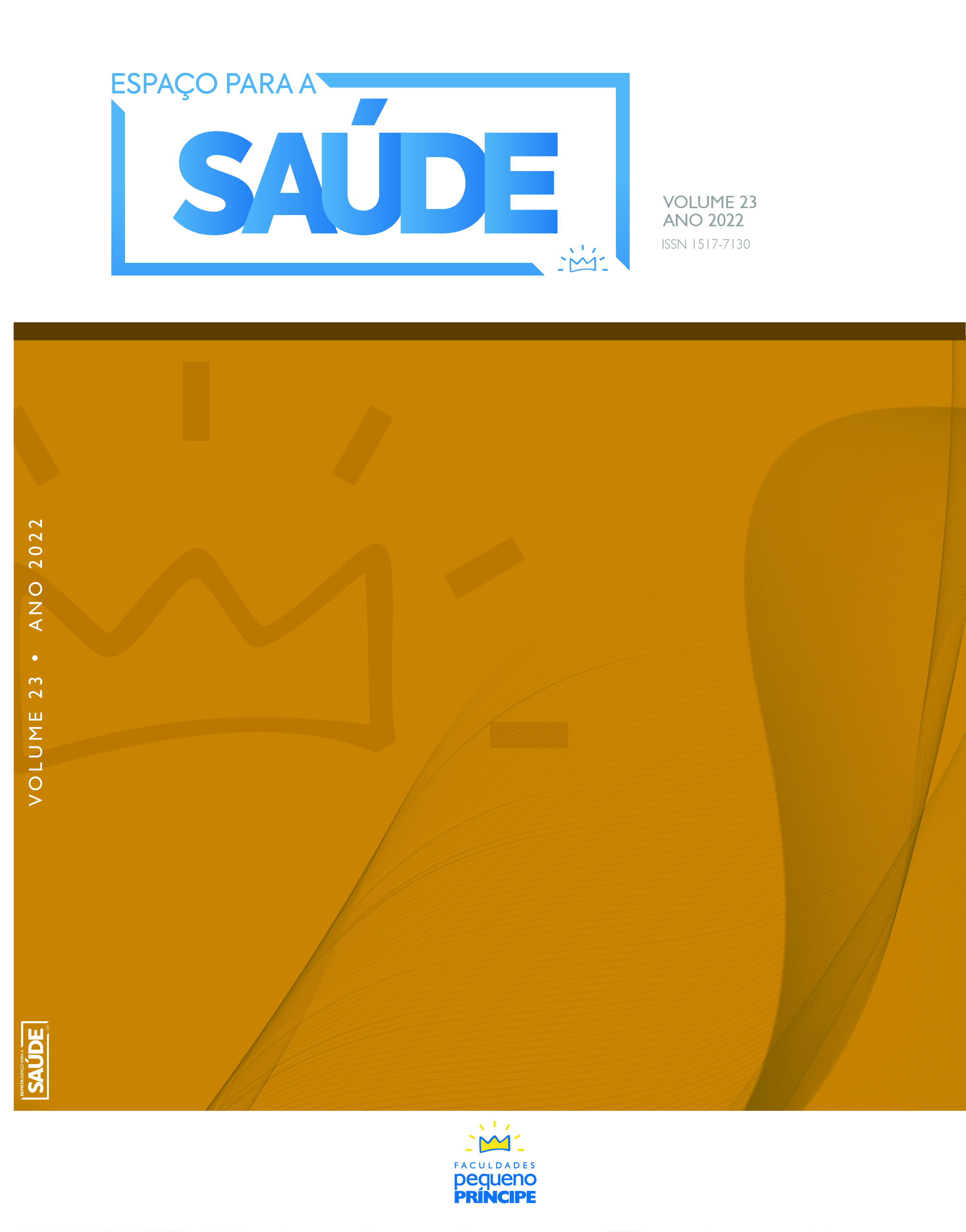Face-to-face teaching in the Physiotherapy course: lessons left by the pandemic
DOI:
https://doi.org/10.22421/1517-7130/es.2022v23.e883Keywords:
Learning, Teaching, Physical Therapy ModalitiesAbstract
With the COVID-19 pandemic, teaching needed to be suddenly changed to the emergency
remote teaching format and after the return to face-to-face teaching there were changes. To
present the professor's perception of the contributions of emergency remote teaching to their
professional role in the face-to-face model. This is a qualitative research with interviews with
professors who taught in the Physiotherapy course at the Midwest State University during the
emergency remote teaching. Ten professors were interviewed. Learning was characterized in its
knowledge construction process, models involving active methodologies were the most used,
human contact gained relevance in the comments. All professors transformed their didactic
action. The emergency remote teaching model promoted changes in the way of teaching and
teaching models based on active methodologies were more incorporated into the face-to-face
model.
References
Carvaho HP, Soares MV, Carvalho SML, Telles TMCK. O professor e o ensino remoto: tecnologias ativas na sala de aula. Educação Pública, 2022.
Hodges C, Moore S, Lockee B, Trust T, Bond A. The difference between emergency remote teaching and Online Learning. 2020. Educause [Internet]. 2020 [cited 2020 Mar10]. Available from: https://er.educause.edu/articles/2020/3/the-difference-between-emergency-remote-teaching-and-online-learning#fn1.
Machado FB, Costa NM, Gomes ERV, Silva FCM, Feitosa JAF. Metodologias ativas de aprendizagem: avanços e desafios no ensino superior. REDES. 2022; 2(1).
Minayo MCS. Pesquisa social: teoria, método e criatividade. Petrópolis: Vozes; 1999.31p
Monteiro SS. (Re)inventar educação escolar no Brasil em tempos da COVID-19. Revista Augustus.2020;25(51): 237-254.
Moran JM, Masetto MT, Behrens MA. Novas tecnologias e mediação pedagógica. São Paulo: Papirus, 2001.173p
Pasini CGD, Carvalho E, Almeida LHC. Educação híbrida em tempos de pandemia: algumas considerações. Observatório Socioeconômico da COVID-19. FAPERGS.2020
Scuisato DAS. Mídias na educação: uma proposta de potencialização e dinamização na prática docente com a utilização de ambientes virtuais de aprendizagem coletiva e colaborativa. [Internet]. 2020 [cited 2020 dez 27]. Available from: http://www.diaadiaeducacao.pr.gov.br/ portals/pde/arquivos/2500-8.pdf.
UNESCO. A Comissão Futuros da Educação da Unesco apela ao planejamento antecipado contra o aumento das desigualdades após a COVID-19. Paris: Unesco, [Internet]. 2020 [cited 2020 Abr 16]. Available from: https://www.unesco.org/pt/articles/comissao-futuros-da-educacao-
Downloads
Published
How to Cite
Issue
Section
License
Copyright (c) 2022 Espaço para a Saúde

This work is licensed under a Creative Commons Attribution 4.0 International License.
Authors who publish in this journal agree to the following terms:
- Authors grant the journal the copyright, with the work simultaneously licensed with Creative Commons CC BY, which allows the sharing of work with recognition of authorship and initial publication in this journal.
- Authors are authorized to assume additional contracts separately, for non-exclusive distribution of the version of the work published in this journal (e.g., to publish in an institutional repository or as a book chapter), with authorship recognition and initial publication in this journal.
- Authors are permitted and encouraged to publish and distribute their work online (e.g., in institutional repositories or on their personal page) at any point before or during the editorial process, as this can generate productive changes, as well as increase the impact and the citation of the published work (See The Effect of Free Access).






